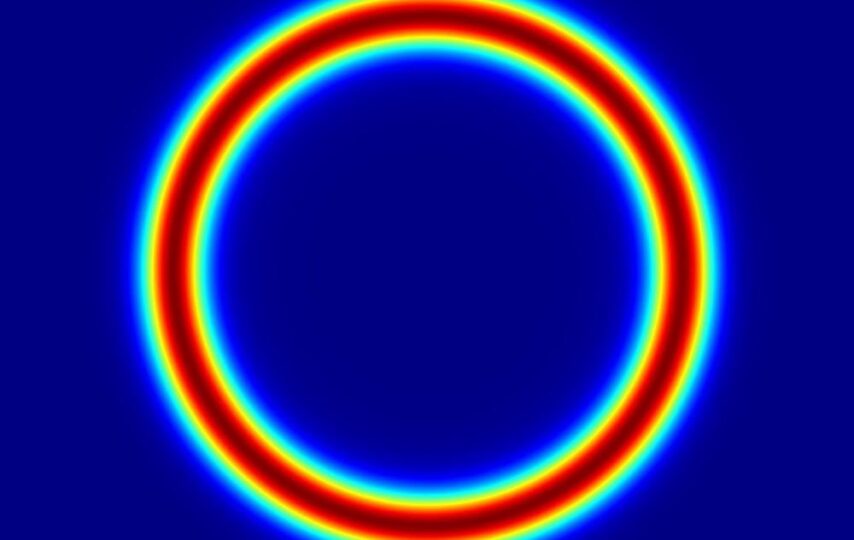Diffractive optical elements are optical components that work by utilizing the wave nature of light. This is in stark contrast to the more conventional optical elements like lenses and prisms whose operating principle can be fully explained with the ray theory of light. The same applies to mirrors.
Diffractive optical elements, or DOEs, are composed of small sized modulating elements, or pixels. Each element imparts a local phase delay to the portion of the beam that traverses it. A phase delay can be generally obtained by either changing the refractive index or by altering the optical path (height) of the pixel. With DOEs the latter is the case: the diffractive optical element is made of glass or plastic of constant refractive index, and the optical path difference is implemented by increasing or decreasing the height of the pixel in question in regard to neighbouring pixels. In this way, individual pixels can impart a different phase delay profile. This forms an array of modulating elements that in essence is what is referred to as a diffractive optical element.
Diffraction is the interference among many waves. Thus, when a spatially coherent beam impinges on a patterned array like the one described above, its wavefront is modulated, or altered, locally, giving rise to smaller wavelets that by virtue of diffraction will interfere to form another wavefront. Thereafter, simply as a result of beam propagation, a new irradiance distribution will emerge in the far field. Given that the whole extent of the diffractive optical element is made of clear transparent material, the transmission efficiency is high as the absorption is close to zero. In practice, however, not all the light from the input beam will end up reaching the desired angles , some small fraction is scattered to higher orders. This is due to the constraints arising from discretisation of the DOE and limited degrees of freedom on the light modulation, and production tolerances.
Among the operations or beam transformations that a DOE can perform we can cite the following:
- Beam shaping.
- Beam splitting.
- Focal shaping or elongation.
Beam shaping refers to an operation in which the irradiance distribution from an input beam is changed into any geometrical shape at the focus or far field. It also refers to a transformation in which an apodised beam, like that from a Gaussian beam, is turned into a Flat Top beam that is characterised by having a uniform irradiance as well as sharp boundaries. A beam splitting operation refers to the transformation in which the input beam is divided into an array of beams. A DOE can also be used to change the axial light distribution of a beam at the waist of a focus lens. This type of light manipulation is desirable in certain glass cutting and microscopy system applications.
Click here to read more about diffractive ppticalelements








